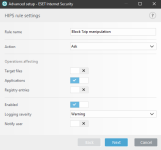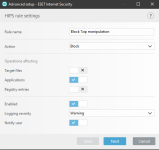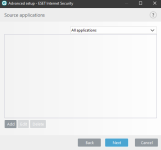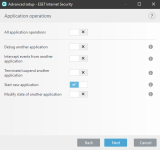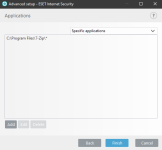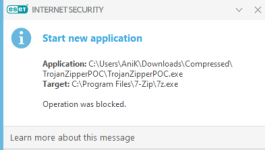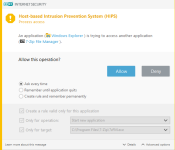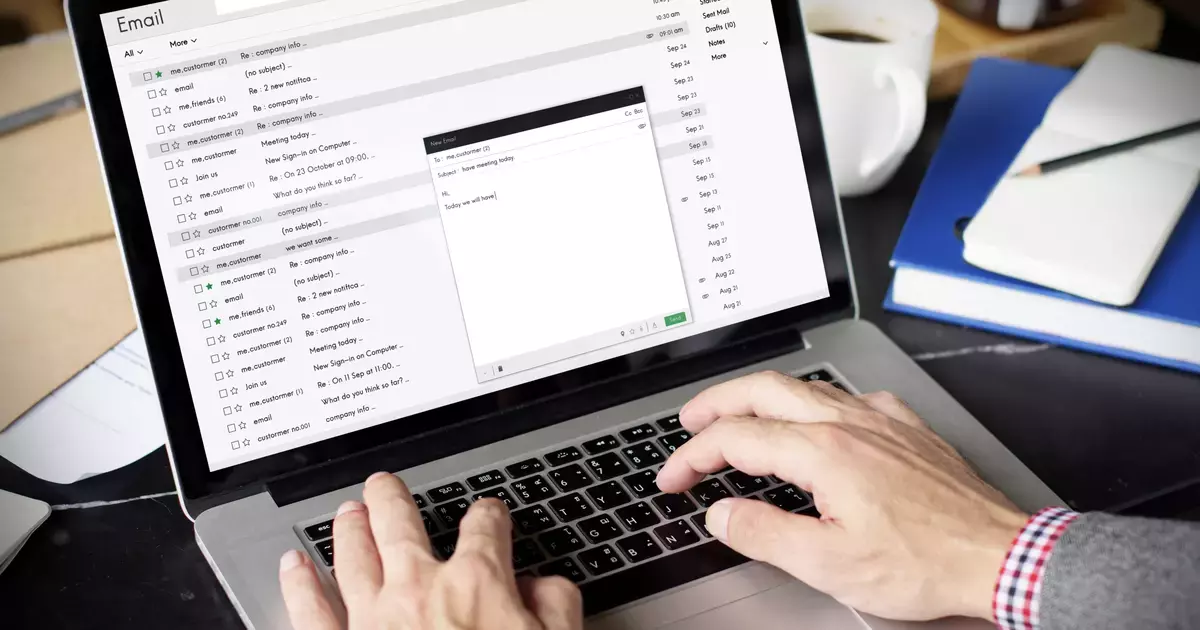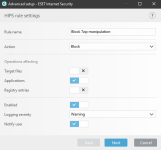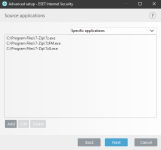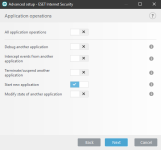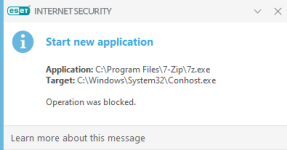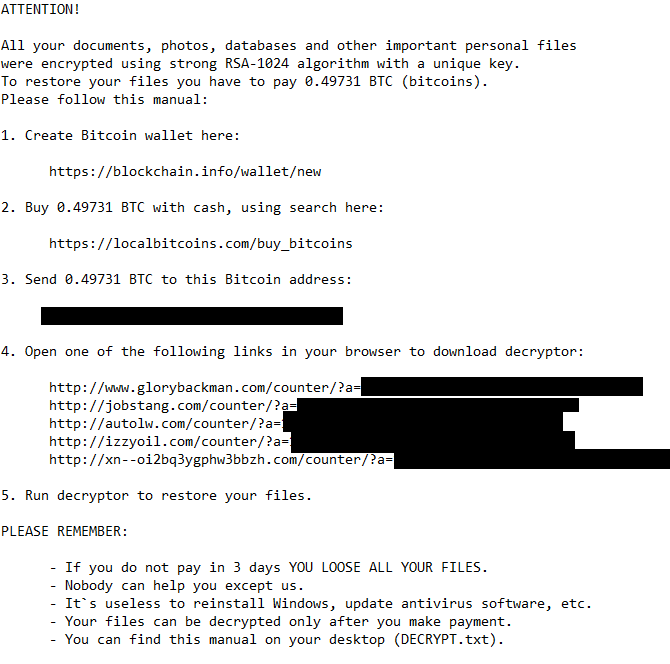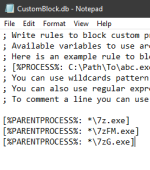ROI Locker was identified early in April, but appears to have been in circulation as early as March, based on our observation of an advertisement in an underground market. This ransomware is potentially distributed via rogue software websites, based on the fact that this sample was observed sporting the icon of the popular P2P application uTorrent, and is bundled with a uTorrent installer. After ROI Locker is installed, it makes its presence known to the victim in the usual manner with a variation on a lock screen. However, under the hood it operates much differently.
ROI Locker differentiates itself from other ransomware variants mainly in the ransom note screen, as well as the “encryption” mechanism it employs. ROI Locker moves commonly used file-types found on the victim computer into a password-protected RAR archive. Once the files are moved into the RAR archive, ROI Locker spawns an application which contains detailed information for the victim about the infection and the status of their files, as shown in Figure 7. However, due to the way in which this process is carried out, the password to the RAR archive can be found in clear-text in the victim machine’s memory. Additionally, it is important to note that a decrypter has been made publically available for this ransomware, and can be found with additional details at BleepingComputer [5] .
ROI Locker attempts to encrypt the following file types:
.jpg, .jpeg, .png, .gif, .psd, .ppd, .tiff, .flv, .avi, .mov, .qt, .wmv, .rm, .asf, .mp4, .mpg, .mpeg, .m4v, .3gp, .3g2, .pdf, .docx, .pptx, .doc, .7z, .zip, .txt, .ppt, .pps, .wpd, .wps, .xlr, .xls, .xlsl
When executed, ROI Locker will make a copy of itself named “cryptohost.exe” located in the C:\Users\<User>\AppData\Roaming\ directory. Once there, another binary is created and dropped in the same directory called “processor.exe”. This appears to be a version of WinRAR and carries out deletion and addition of identified files to the RAR archive. It should be noted that ROI Locker deletes files after moving them to the RAR archive. Therefore, there is no filename extension for encrypted files associated with this ransomware.
| Executed Command via WinRAR | |
| C:\Users\[User]\AppData\Roaming\processor.exe A -r -p{SHA-1 Hash of System Info}[User] -m0 -dw C:\Users\[User]\AppData\Roaming\{SHA-1 Hash of System Info}.rar C:\*.jpg C:\*.jpeg C:\*.png C:\*.gif C:\*.psd C:\*.ppd C:\*.tiff C:\*.flv C:\*.avi C:\*.mov C:\*.qt C:\*.wmv C:\*.rm C:\*.asf C:\*.mp4 C:\*.mpg C:\*.mpeg C:\*.m4v C:\*.3gp C:\*.3g2 C:\*.pdf C:\*.docx C:\*.pptx C:\*.doc C:\*.7z C:\*.zip C:\*.txt C:\*.ppt C:\*.pps C:\*.wpd C:\*.wps C:\*.xlr C:\*.xls C:\*.xlsl | |
| Switch | Function |
| A | Create RAR archive |
| -r | Recursive search of subfolders |
| -p | Set password |
| -m0 | Set compression method; 0 indicates file are added with no compression |
| -dw | Wipe files after archiving |
